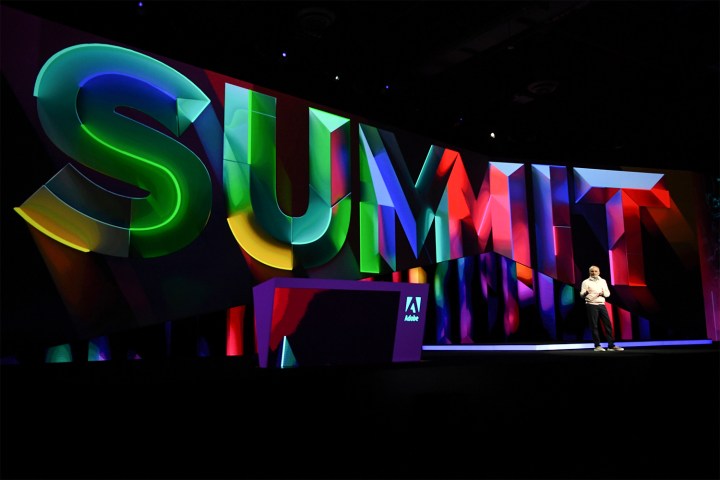
The days of blanket advertising are all but over. Increasingly, advertising and other messaging will be addressed directly to you and will cater to your needs and desires. This is part of the new move toward personalization in the way that brands seek to connect with potential customers. But, as a consumer, it also means you have to surrender a degree of privacy.
Most brands are not taking this transaction lightly, however, and are programming communications to add value to the user. This exchange between brand and customer isn’t there just to bombard the customer with ads, or put privacy at risk. Instead, personal information is used, in many cases, to set up profiles so that the customer doesn’t have to repeatedly give the same information, and so that future communication becomes increasingly relevant.
This practice was among the topics discussed at Adobe Summit, an advertiser- and marketer-focused conference held for Adobe partners annually in Las Vegas. Personalization was the focus at this year’s keynote, as many Adobe partners took the opportunity to demonstrate their wares to highlight how advertisers can best implement personalization while still addressing privacy concerns.
These personalized experiences are powered through Adobe’s customer experience management segment of the Adobe Experience Platform, which helps advertisers manage messaging and obtain data to inform their progress. The platform uses artificial intelligence (A.I.) to run campaigns and determine success rates.
Advertisers are always trying to get to know their customer and to understand their needs, said Anjul Bhambhri, Adobe’s vice president of platform engineering.

Each interaction brings a customer closer to the brand, and examples of personalization and customer experience done right are numerous. Some cases include an auto manufacturer or car dealership allowing a user to configure a vehicle and even enter financing information using a mobile phone. When the buyer is finally ready to sign the agreement, he doesn’t need to give over his information all over again, and the transaction process is streamlined.
Customers are “buying without actually stepping foot in a showroom,” said Jason Woosley, vice president of commerce product and platform, experience business at Adobe. “This is happening across every single industry.”
Personalization doesn’t have to be one-sided and only benefit the advertiser. Financial companies are also able to use personalization to the benefit of consumers. A bank can create a conversation with a customer who shows intent to take out a loan. In this case, the bank can gather information, run credit checks, and even have a borrower sign on the line through a mobile phone.
For purchases of lower commitment, such as a pair of shoes, brands can still cater to a customer better through the gathering of personal data. A customer might browse for a new pair of kicks on a mobile device, and then receive more detailed information on those shoes when in a physical retail store.
Adobe is taking this even further with Augmented Reality (AR). This technology allows a user to browse from virtual shoes while in the store and check to see which styles are available in current inventory all from his/her phone.
Adobe helps brands by providing software and services to help companies track interactions and responsibly keep data that will aid future transactions and relationship building. The company sees a strong future in this relationship building.
“The delights people are getting through customer experiences are only possible through personalization,” said Shantanu Narayen, president and CEO of Adobe.
